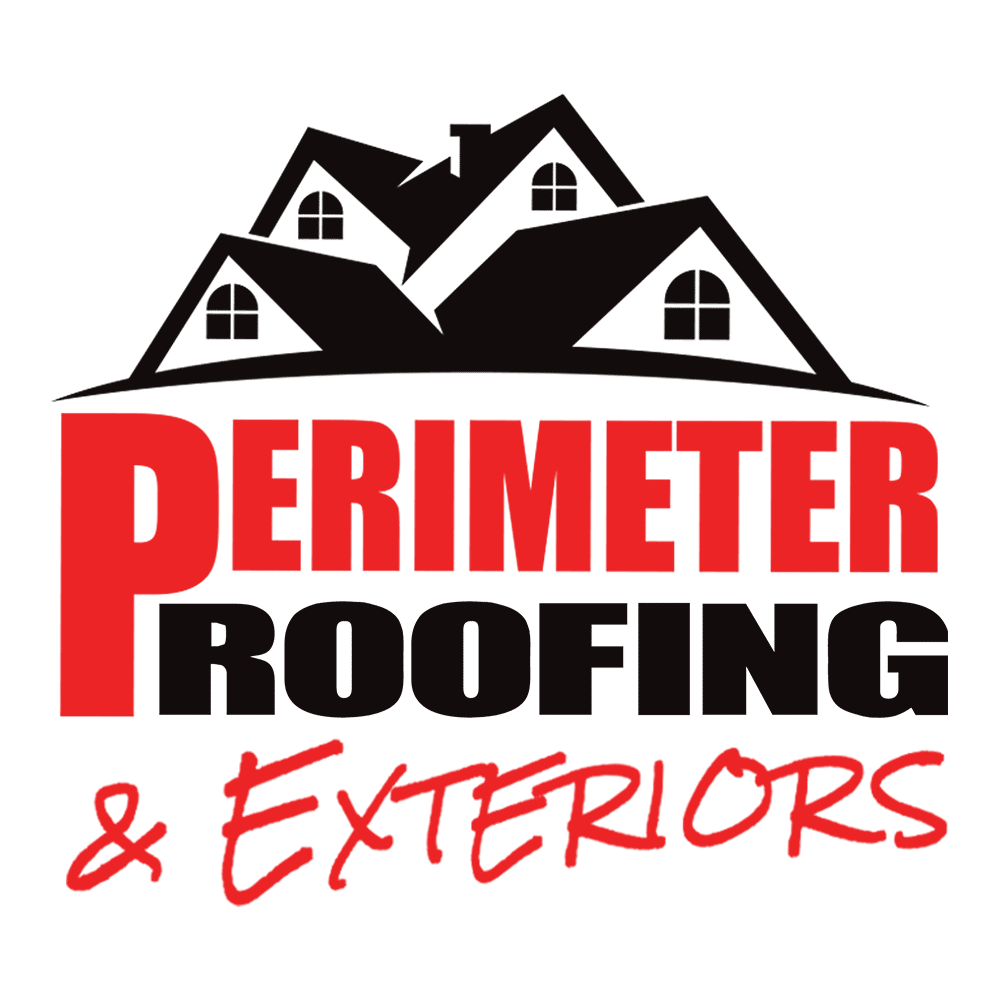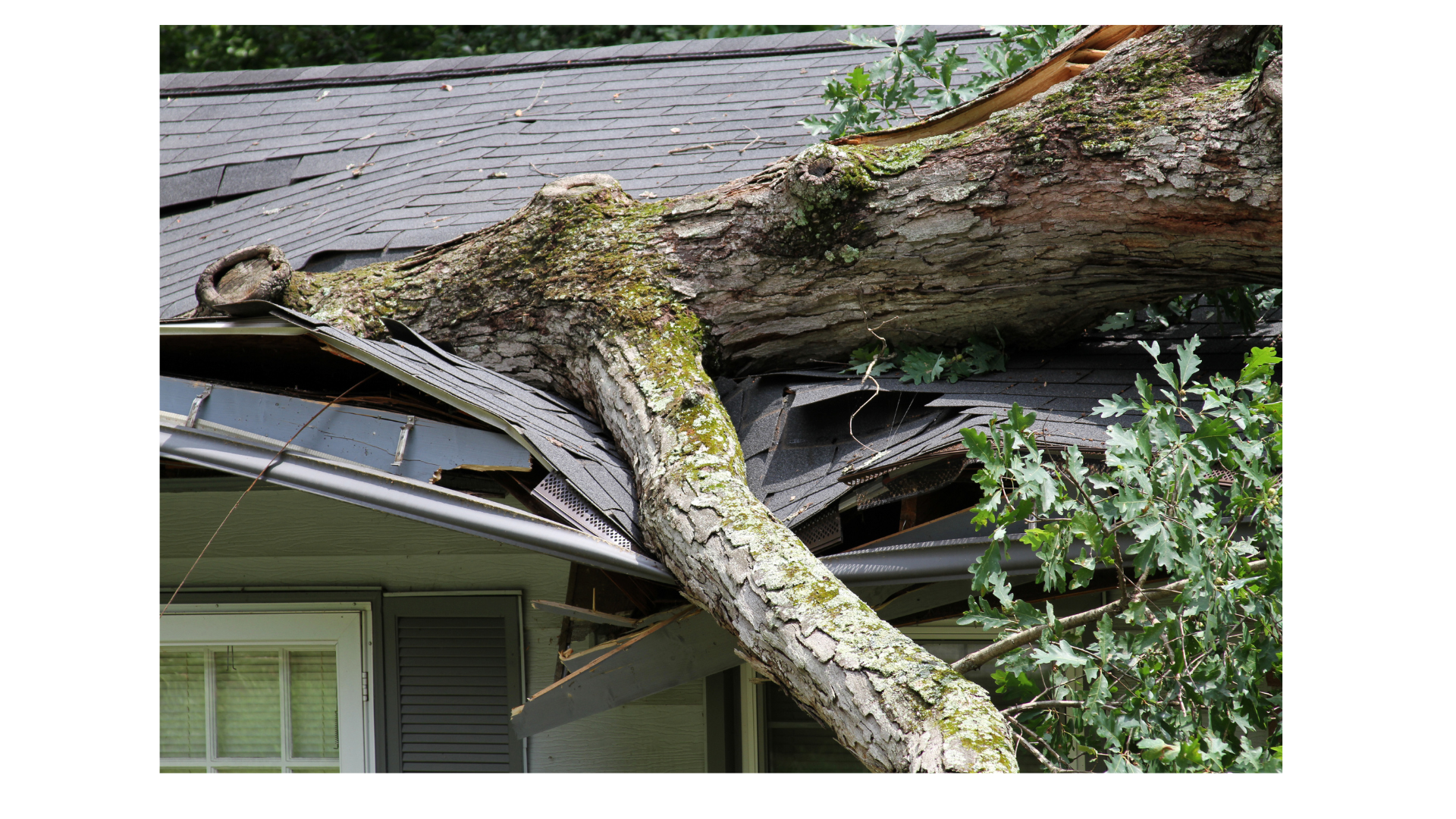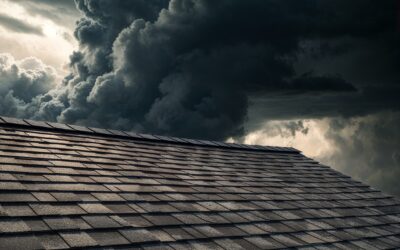Storms in Lynchburg, Virginia, can be severe and unpredictable, leaving behind a trail of damage. One of the most vulnerable parts of your home during a storm is the roof. Knowing how to identify roof damage early can save you from costly repairs and potential structural issues. Here’s a comprehensive guide to help you spot roof damage after a storm.
1. Inspect Your Attic
Before heading outside, start by inspecting your attic. Look for any signs of water infiltration, such as damp insulation, water stains on the ceiling or walls, and any light peeking through the roof. These signs indicate that water has penetrated the roof’s protective barrier.
2. Check for Visible Shingle Damage
Once it’s safe to go outside, walk around your home and inspect the roof from the ground. Use binoculars if necessary. Look for the following signs of shingle damage:
- Missing Shingles: High winds can tear shingles off your roof. Missing shingles can expose the underlying materials to the elements.
- Cracked or Curling Shingles: Hail and wind can cause shingles to crack or curl, reducing their effectiveness.
- Granule Loss: Check your gutters and the ground around your home for granules. Shingles lose granules as they age, but a significant loss after a storm could indicate damage.
3. Examine Roof Flashing and Seals
Flashing is the metal material used around chimneys, vents, and skylights to prevent water from entering. Inspect these areas for any signs of damage or displacement. Damaged flashing can lead to leaks and water damage inside your home.
4. Look for Debris on the Roof
Storms often carry debris, such as branches and leaves, which can damage your roof. Check for large branches or other debris that may have fallen on your roof. Even small debris can cause damage if it creates punctures or scrapes on the shingles.
5. Inspect Gutters and Downspouts
Your gutters and downspouts are essential for directing water away from your home. After a storm, check for:
- Clogs: Debris from the storm can clog gutters and downspouts, preventing proper water flow.
- Dents and Damage: Hail can dent gutters, while high winds can detach them from the roof.
6. Check for Signs of Water Damage Inside Your Home
Beyond the attic, inspect the ceilings and walls of your home for water stains, peeling paint, or mold growth. These signs often indicate a roof leak that needs immediate attention.
7. Examine the Roof from a Ladder (if Safe)
If you’re comfortable and it’s safe to do so, use a sturdy ladder to get a closer look at your roof. Look for any:
- Loose or Missing Shingles: Identify any areas where shingles are loose or missing entirely.
- Soft Spots: Walk carefully on the roof to check for soft spots, which may indicate rot or water damage beneath the shingles.
8. Look for Dents and Impact Marks
Hail can leave dents and impact marks on shingles, metal vents, and other roofing materials. These dents can compromise the integrity of your roof and lead to leaks over time.
9. Inspect Chimney and Skylights
Chimneys and skylights are common points of entry for water if not properly sealed. Check for any cracks, gaps, or damage to the seals around these areas.
10. Seek Professional Help
While you can spot many signs of roof damage on your own, it’s always a good idea to get a professional inspection after a severe storm. A roofing expert can identify subtle damage that might not be apparent to the untrained eye and provide a detailed assessment of your roof’s condition.
Why Immediate Action is Crucial
Spotting roof damage early and addressing it promptly can prevent more significant issues down the road. Here’s why immediate action is crucial:
- Prevent Water Damage: Roof leaks can lead to water damage inside your home, affecting insulation, drywall, and electrical systems.
- Maintain Structural Integrity: Prolonged exposure to the elements can weaken your roof’s structure, leading to more extensive repairs or even replacement.
- Avoid Mold Growth: Moisture from leaks can create the perfect environment for mold growth, posing health risks to your family.
- Save Money: Addressing minor repairs early can save you from costly major repairs or roof replacement in the future.
How Perimeter Roofing Can Help
At Perimeter Roofing, we understand the importance of a sturdy and reliable roof. Our team of experienced professionals is ready to assist you with all your roofing needs in Lynchburg. Here’s how we can help:
- Thorough Inspections: We provide comprehensive roof inspections to identify any damage caused by storms.
- Expert Repairs: Our skilled technicians can repair any damage to ensure your roof is in top condition.
- Insurance Claims Assistance: We can help you navigate the insurance claims process, ensuring you get the coverage you deserve for storm damage.
Conclusion
Being proactive in spotting roof damage after a storm can save you from significant headaches and expenses. By following this guide, you can identify potential issues early and take the necessary steps to protect your home. If you need professional assistance, don’t hesitate to contact Perimeter Roofing and Exteriors for expert roofing services in Lynchburg.
For more information or to schedule an inspection, call us at 434-515-2868 today!



